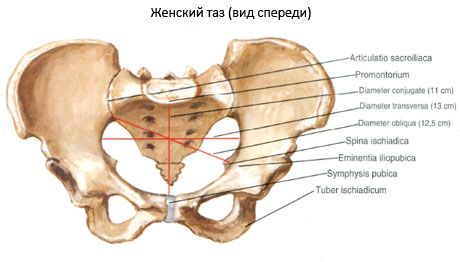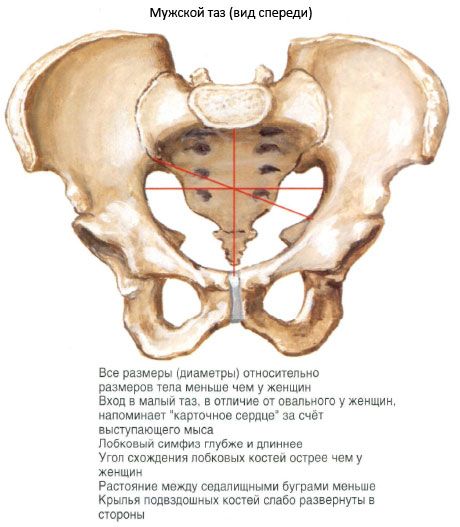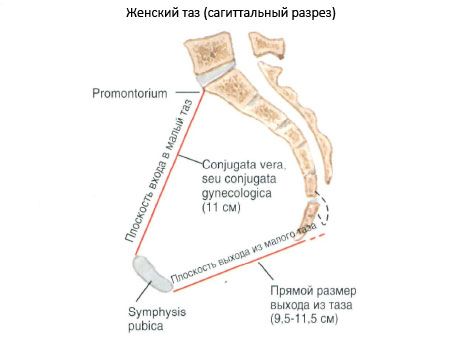
All iLive content is medically reviewed or fact checked to ensure as much factual accuracy as possible.
We have strict sourcing guidelines and only link to reputable media sites, academic research institutions and, whenever possible, medically peer reviewed studies. Note that the numbers in parentheses ([1], [2], etc.) are clickable links to these studies.
If you feel that any of our content is inaccurate, out-of-date, or otherwise questionable, please select it and press Ctrl + Enter.
Pelvis as a whole
Medical expert of the article
Last reviewed: 07.07.2025
The pelvis is formed by the connecting pelvic bones and the sacrum. It is a bone ring. The pelvis is a receptacle for many internal organs. The pelvic bones connect the torso with the lower limbs. There are two sections - the large and small pelvis.
The greater pelvis (pelvis major) is delimited from the lesser pelvis located below by a terminal line. The terminal line (linea terminalis) passes through the promontory of the sacrum, along the arcuate lines of the ilium, the crests of the pubic bones and the upper edge of the pubic symphysis. The greater pelvis is limited at the back by the body of the fifth lumbar vertebra, and on the sides by the wings of the ilium. The greater pelvis has no bony wall in front.
The small pelvis (pelvis minor) is limited at the back by the pelvic surface of the sacrum and the ventral surface of the coccyx. The lateral walls of the pelvis are the inner surface of the pelvic bones (below the border line), the sacrospinous and sacrotuberous ligaments. The anterior wall of the small pelvis is the upper and lower branches of the pubic bones, the pubic symphysis.
The small pelvis has an inlet and an outlet. The superior aperture (opening) of the pelvis (apertura pelvis superior) is limited by the border line. The outlet from the small pelvis - the inferior aperture of the pelvis (apertura pelvis inferior) is limited by the coccyx at the back, by the sacrotuberous ligaments, the branches of the ischial bones, the ischial tuberosities, the inferior branches of the pubic bones on the sides, and by the pubic symphysis in front. The obturator foramen, located in the lateral walls of the small pelvis, is closed by a fibrous obturator membrane (membrana obturatoria). Throwing over the obturator groove, the membrane limits the obturator canal (canalis obturatorius). Vessels and a nerve pass through it from the cavity of the small pelvis to the thigh. In the lateral walls of the small pelvis there are also a greater and lesser sciatic foramina. The greater sciatic foramen (foramen ischiadicum majus) is bounded by the greater sciatic notch and the sacrospinous ligament. The lesser sciatic foramen (foramen ischiadicum minus) is formed by the lesser sciatic notch, the sacrotuberous and sacrospinous ligaments.




The structure of the pelvis is related to the sex of a person. The upper aperture of the pelvis in a vertical position of the body in women forms an angle of 55-60° with the horizontal plane. The pelvis in women is lower and wider, the sacrum is wider and shorter than in men. The promontory of the sacrum in women protrudes forward less. The ischial tuberosities are more turned to the sides, the distance between them is greater than in men. The angle of convergence of the lower branches of the pubic bones in women is 90° (pubic arch), in men it is 70-75° (subpubic angle).
To predict the birth process, it is important to know the size of the woman's pelvis. The sizes of both the small and large pelvises are of practical importance. The distance between the two upper and anterior iliac spines (distantia spinarum) in women is 25-27 cm. The distance between the most distant points of the wings of the iliac bones (distantia cristarum) is 28-30 cm.
The direct size of the entrance to the small pelvis (true, or gynecological, conjugate - conjugata vera, s. gynaecologica) is measured between the promontory of the sacrum and the most posteriorly protruding point of the pubic symphysis. This size is 11 cm.
The transverse diameter (diameter transversa) of the entrance to the small pelvis - the distance between the most distant points of the border line - is 13 cm.
The oblique diameter (diameter obliqua) of the pelvic inlet is 12 cm. It is measured between the sacroiliac joint on one side of the pelvis and the iliopubic eminence on the other side.
Where does it hurt?
What do need to examine?
How to examine?

